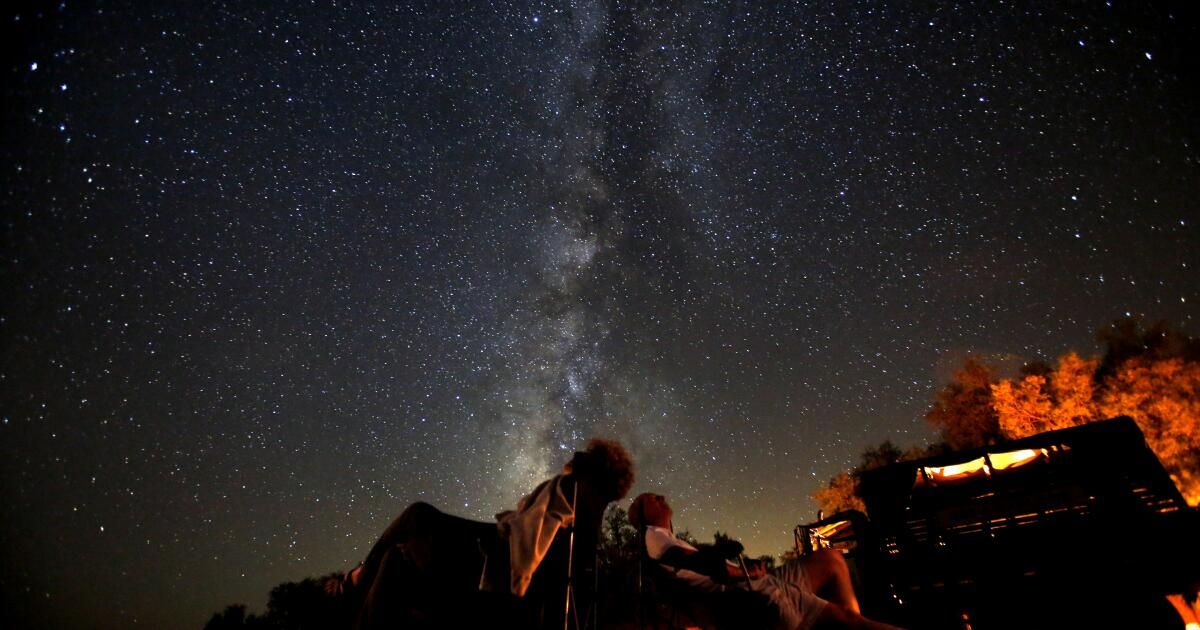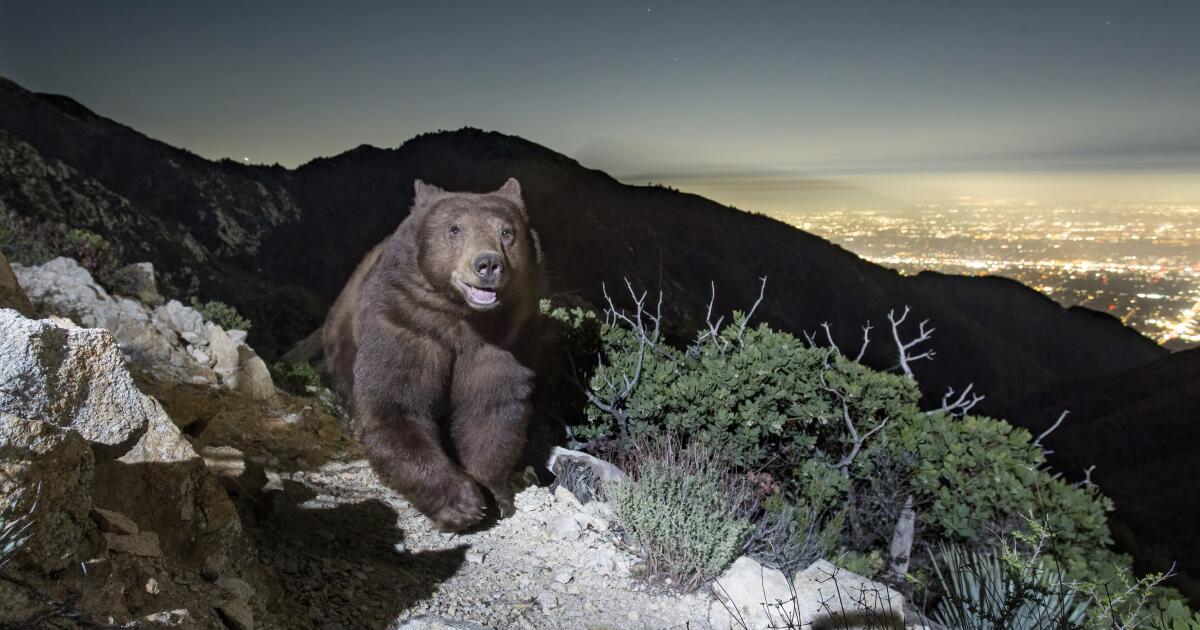When it comes to meteor showers, the showy Perseids usually steal the show. The shower's most spectacular spectacle will come in a couple of weeks, but Monday night will bring a sneak peek of the upcoming highlights.
Two meteor showers visible from the Northern Hemisphere will peak between Monday and Wednesday, according to the American Meteor Society.
The Southern Delta Aquariids will be at their brightest late Monday night or early Tuesday morning. This meteor shower produces brighter shooting stars the farther south you are. These meteors are typically faint and do not form tails (a trail that can follow a large, bright meteor trail) or fireballs.
If the moon is above the horizon, according to the American Meteor Society, look toward the southwest sky.
According to NASA, it's easiest to see these meteors by lying on your back and looking 45 degrees from the constellation Aquarius. NASA recommends letting your eyes adjust to the darkness for about 30 minutes in an area with no city or street lights.
“Be patient: the show will last until dawn,” says the agency, “so you will have plenty of time to take a look.”
Meteorites are fragments of broken asteroids and comet dust that collide with Earth's atmosphere as it travels around the Sun, NASA says. Meteorites burn up as they fall toward Earth, creating the “shooting star” phenomenon.
The Alpha Capricornid meteor shower, which will peak Wednesday, is a weaker shower that is forecast to produce fewer than five meteors per hour but is more likely to produce bright fireballs and won't require you to look in any specific direction like the Aquarids, according to the American Meteor Society.
After the peak of the Perseids in August, the next chance to see meteors, in mid-October, will be hampered by a nearly full moon.












